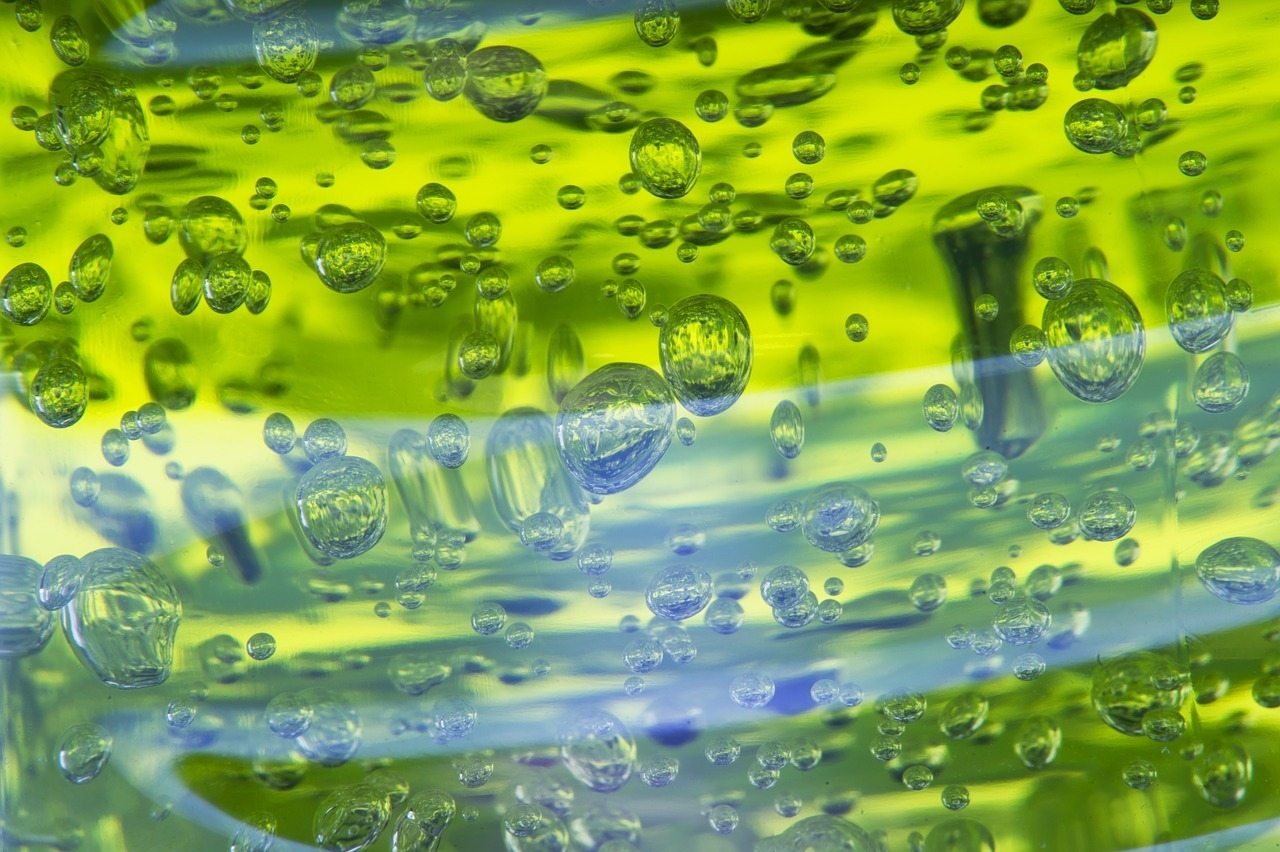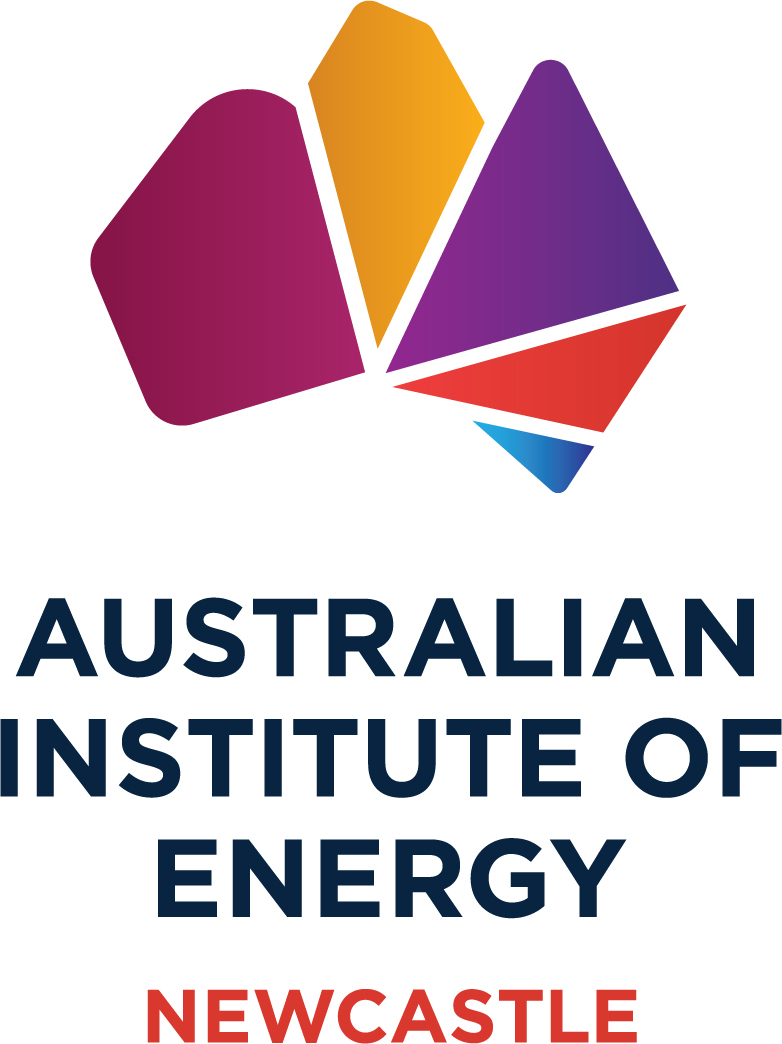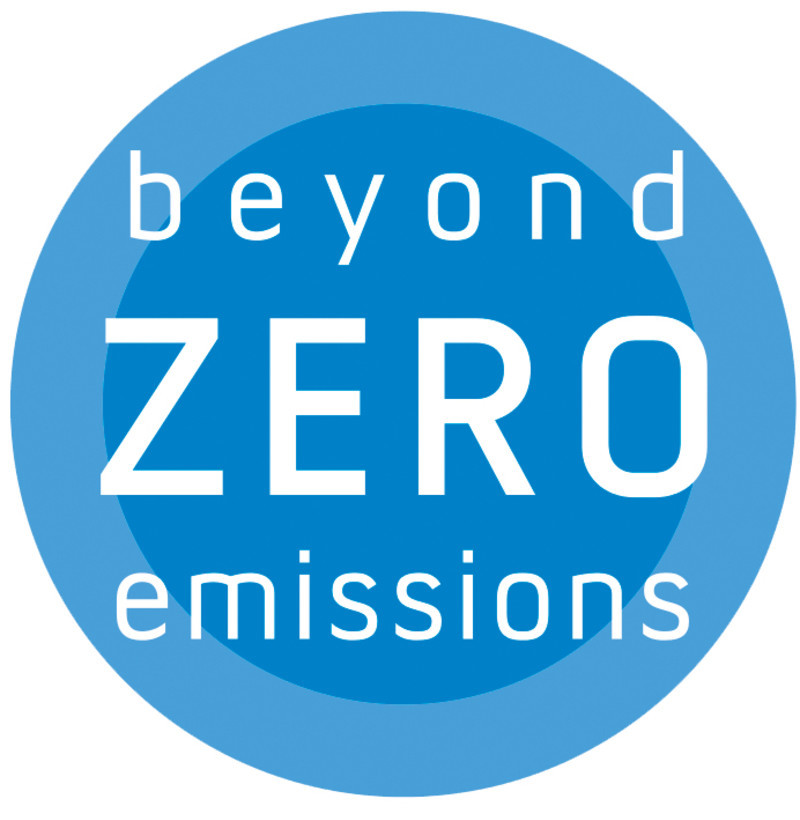New eco-friendly way to make ammonia could boost hydrogen economy
Ammonia has sustained humanity since the early 20th century, but its production leaves a huge carbon footprint. Now researchers have found a way to make it 100 percent renewable.

Chemical engineers at UNSW Sydney have found a way to make ‘green’ ammonia from air, water and renewable electricity that does not require the high temperatures, high pressure and huge infrastructure currently needed to produce this essential compound.
And the new production method – demonstrated in a laboratory-based proof of concept – also has the potential to play a role in the global transition towards a hydrogen economy, where ammonia is increasingly seen as a solution to the problem of storing and transporting hydrogen energy.
In a paper published yesterday in Energy and Environmental Science, the authors from UNSW and University of Sydney say that ammonia synthesis was one of the critical achievements of the 20th century. When used in fertilisers that quadrupled the output of food crops, it enabled agriculture to sustain an ever-expanding global population.
But since the beginning of the 1900s when it was first manufactured on a large scale, production of ammonia has been energy intensive – requiring temperatures higher than 400oC and pressures greater than 200atm – and all powered by fossil fuels.
Dr Emma Lovell, a co-author on the paper from UNSW’s School of Chemical Engineering, says the traditional way to make ammonia – known as the Haber-Bosch process – is only cost-effective when produced on a massive scale due to the huge amounts of energy and expensive materials required.
She and her colleagues therefore looked at how to produce it cheaply, on a smaller scale and using renewable energy.
“The way that we did it does not rely on fossil fuel resources, nor emit CO2,” Dr Lovell says.
ARC DECRA Fellow and co-author Dr Ali (Rouhollah) Jalili says trying to convert atmospheric nitrogen (N2) directly to ammonia using electricity “has posed a significant challenge to researchers for the last decade, due to the inherent stability of N2 that makes it difficult to dissolve and dissociate”.
Dr Jalili and his colleagues devised proof-of-concept lab experiments that used plasma (a form of lightning made in a tube) to convert air into an intermediary known among chemists as NOx – either NO2- (nitrite) or NO3- (nitrate). The nitrogen in these compounds is much more reactive than N2 in the air.
“Working with our University of Sydney colleagues, we designed a range of scalable plasma reactors that could generate the NOx intermediary at a significant rate and high energy efficiency,” he says.
“Once we generated that intermediary in water, designing a selective catalyst and scaling the system became significantly easier. The breakthrough of our technology was in the design of the high-performance plasma reactors coupled with electrochemistry.”
Scientia Professor Rose Amal, who is co-director of ARC Training Centre for Global Hydrogen Economy, says in addition to the advantages of being able to scale down the technology, the team’s ‘green’ method of ammonia production could solve the problem of storage and transport of hydrogen energy.
The team will next turn its attention to commercialising this breakthrough, and is seeking to form a spin-out company to take its technology from laboratory-scale into the field.














